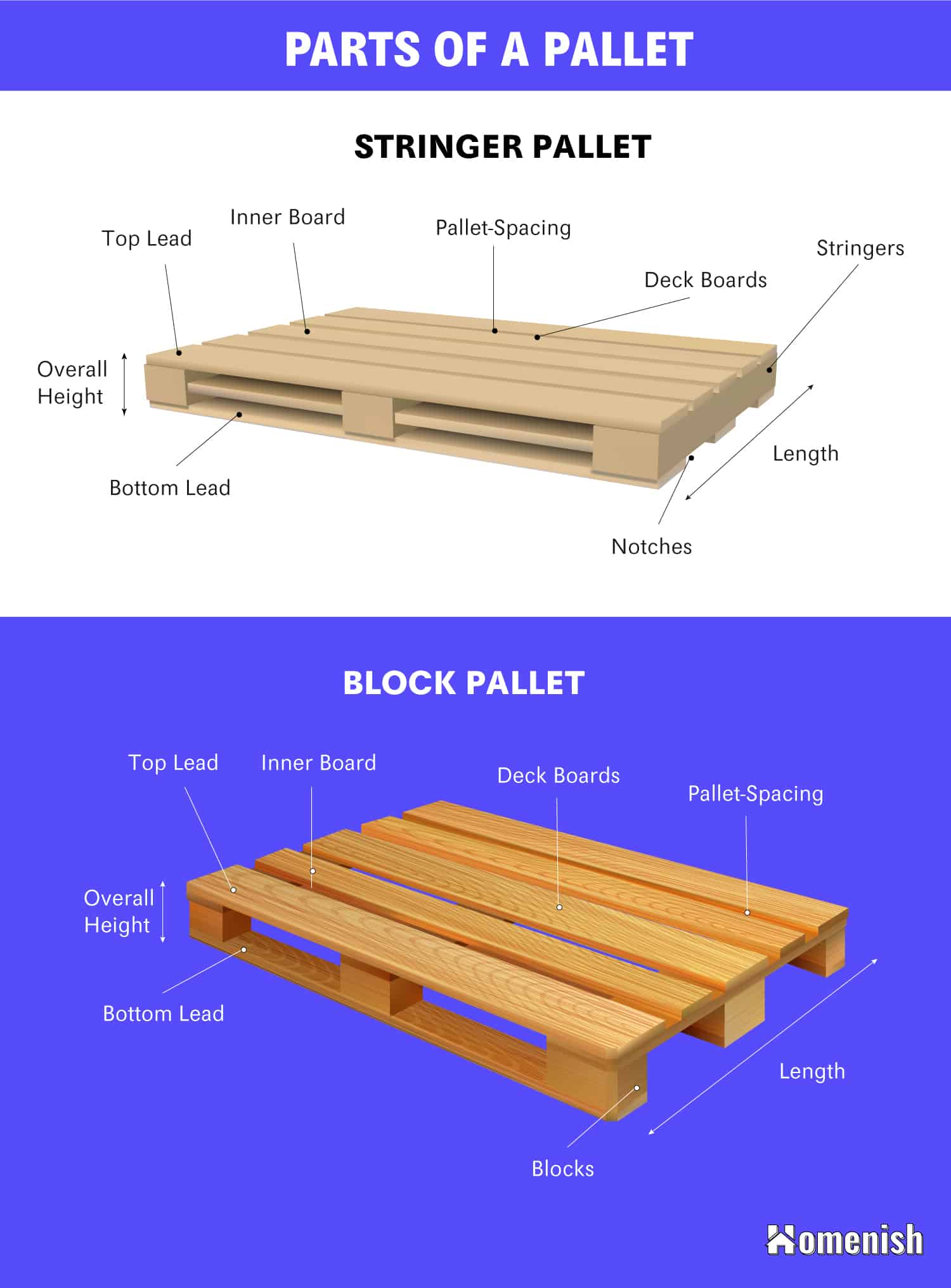The Pallet Innovations in Current Transport Systems

Within the rapid world of logistics, the value of pallets cannot be ignored. These simple structures serve as the cornerstone of the transportation and storage of goods, making it easier to manage, transport, and arrange products within different sectors. As supply chains have evolved, so too has the innovation and construction of pallets, mirroring the evolving needs of effectiveness, sustainability, and safety in logistics operations.
The role of pallets extends beyond just being a level surface for stacking items. They enable the mechanization of warehousing and shipping, ensuring that goods can be transported quickly and securely with the use of lift trucks and pallet jacks. As businesses strive to optimize their operations in an increasingly complex marketplace, the continued evolution of pallet technology plays a crucial role in boosting productivity and reducing costs. Gaining insights into the progression of pallets over the years provides valuable insights into their immeasurable impact on modern logistics.
Historical Development of Pallet Technology
One potential view on the origins of pallets is traced back to the early 20th century, when developments in industrialization prompted the effective techniques of transporting goods. At first, wooden crates served as the norm for shipping and storage, but these were heavy and cumbersome. Incorporating pallets allowed for a more efficient approach, as they enabled stacks of items to be moved easily using forklifts and other machinery. This innovation greatly reduced labor costs and improved shipping times, signifying the beginning of a new era in logistics.
By the 1940s, the use of pallets gained further traction, particularly during World War II when the military required efficient methods to transport large quantities of supplies. pallets in tulsa standardized pallet design emerged during this period, which allowed for compatibility across various transport modes, such as trucks, trains, and ships. This uniformity was essential for optimizing space and ensuring the safe movement of goods. The development of the double-faced pallet facilitated the stacking of goods, further enhanced the efficiency of storage and reduced the risk of damage during transit.
The post-war years saw the rise of the modern supply chain, and pallets became a crucial aspect of logistics. Innovations in materials, such as the adoption of plastic and metal pallets, offered additional durability and flexibility for multiple applications. The growing global economy demanded more sophisticated solutions, and pallets evolved by incorporating features such as foldability and nestability. This evolution not only improved load handling but also contributed to sustainability in logistics by reducing waste and enhancing reuse and recycling efforts.
Advancements in Pallet Manufacturing and Materials
Recent innovations in pallet design have focused on boosting longevity and effectiveness while reducing harm to the environment. Traditional wooden pallets, while efficient, often face from challenges such as cracking and water damage. Improvements have resulted to the introduction of substitutes, such as polymer and hybrid materials. These new pallets offer enhanced resistance to humidity and solvents, making them suitable for a larger variety of goods and settings.
An additional significant development in pallet design is the application of technology, such as smart tags and sensors. By including these smart features, pallets can now provide live tracking and monitoring throughout the distribution network. This level of insight not only boosts stock control but also limits shrinkage due to wastefulness and enables higher prediction of transportation needs.
Eco-friendliness has also become a key priority in pallet innovation. Companies are more frequently choosing eco-friendly materials and designs that promote sustainable practices. Pallets are now being manufactured from repurposed materials and are designed for efficient recycling at the end of their useful life. This shift not only limits waste but also aligns with the rising trend for more sustainable supply chain practices.
Impact of Pallet Technology on Supply Chain Efficiency
Palleting technology has greatly boosted supply chain efficiency by streamlining the operations of loading items, shipping, and warehousing goods. Modern pallets are designed to meet particular industry standards, which enhances compatibility across various transport modes, including lorry, rail transportation, and ships. This interoperability decreases handling times and lessens the risk of product damage during transport, ensuring that goods arrive at their locations on time and undamaged.
Additionally, the use of advanced materials in pallet manufacturing has resulted in lighter-weight yet more durable designs. These developments allow for increased load capacities while lowering fuel consumption in shipping. The ability to firmly pile products on uniform pallets maximizes space in storage areas and shipping containers, resulting in decreased operational costs and better inventory management. This efficiency not only advantages businesses monetarily but also promotes a more eco-friendly supply chain by reducing waste and carbon emissions.
Furthermore, the integration of technology with pallet systems, such as RFID tags and global positioning system tracking, has allowed instant monitoring of goods throughout the supply chain. This level of visibility allows companies to react in advance to supply chain disruptions and manage inventory levels more effectively. As a result, organizations can optimize their logistics strategies and better meet customer demand, ultimately culminating in increased competitiveness in the marketplace.

